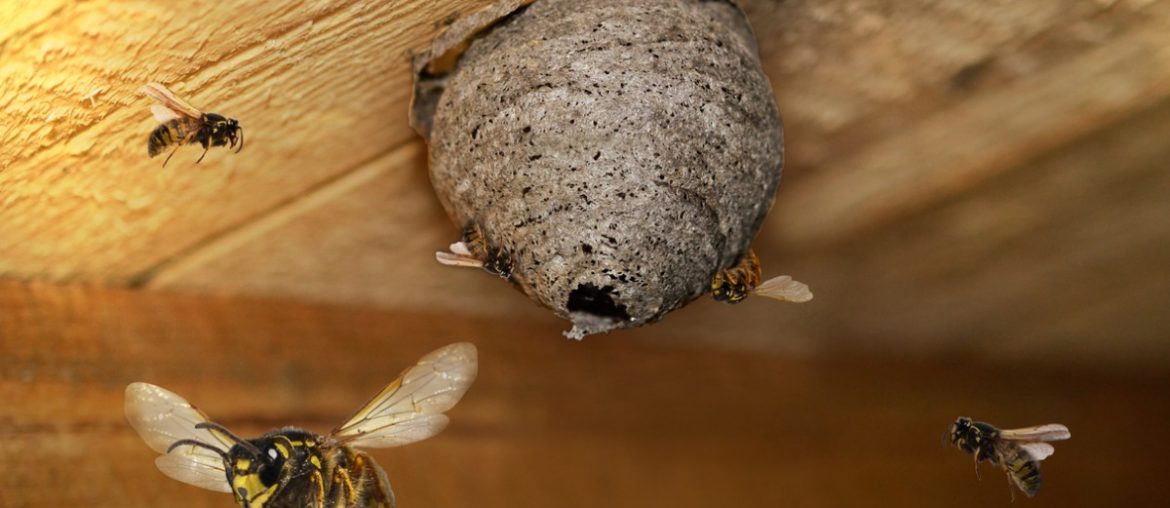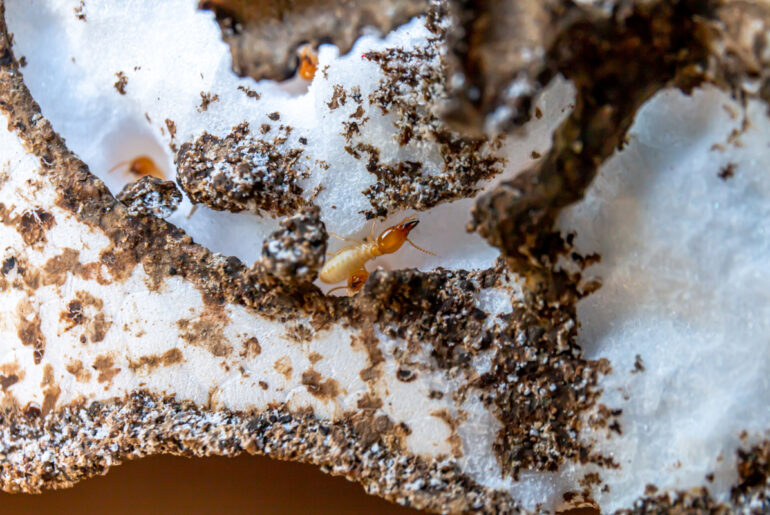Pets are extremely common in America. 70% of households own at least one pet, and many pet owners consider these animals part of the family. These people take steps to protect their pets just like other household members.
While pests present dangers to humans, they can be even more dangerous to animals.
Here is a look at the pests that can harm your pets and the steps you can take to limit these dangers.
- Step 1: Ask customers what times they are available, then upload the request into Route Manager.
- Step 2: Confirm the planned arrival time – and stick to it.
- Step 3: Equip your sales and customer support team with visibility into live ETAs via GPS tracking.
- Step 4: Use Route Manager 360 notes to stay updated on customer satisfaction.
1. Ants
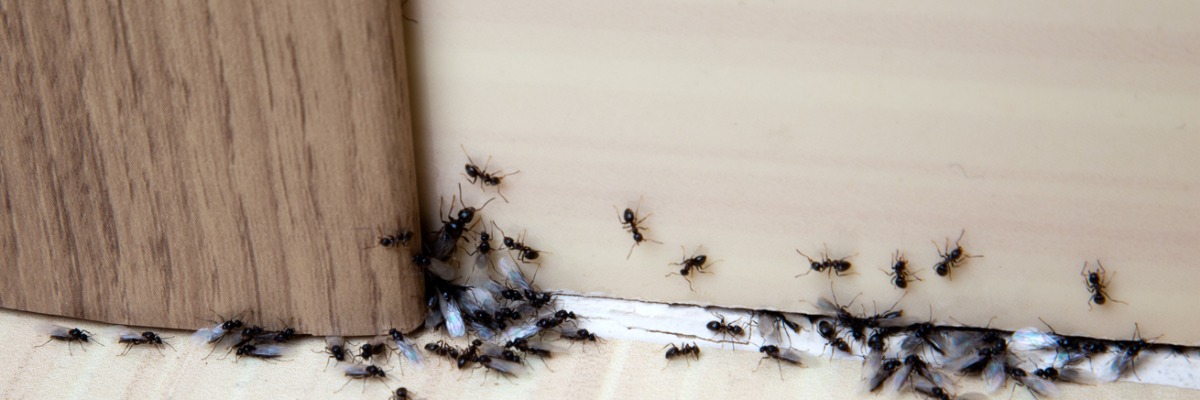
Ants do not pose a disease threat to dogs or cats. However, some species, such as fire and harvester ants, can bite. You may not be able to see the ants on your pet because they move below the fur.
Fortunately, you can eliminate ant colonies around your home. Or, better yet, hire a professional to do the job with pet-safe pesticides. Besides this, you can keep your pet on a leash to ensure it avoids visible ant colonies or ant trails.
2. Bees and Wasps
Bees and wasps can sting pets just like they can humans. Also, like humans, pets can be allergic to bee venom, which poses a health risk greater than the temporary pain of a string. In addition to removing pollen-bearing flowers that attract bees from areas where pets play, you should carry emergency ephedrine for any pet with a known bee allergy.
3. Botflies
Botflies are fly larvae that embed themselves in the skin or tissue of a pet (usually a dog). They can cause an abscess and itch continuously. Since they are embedded in the tissue, botflies often need to be removed surgically by a veterinarian. Rabbits and other rodents carry botflies, so your pet should avoid them and their nesting areas. You should remove any nests around your home and lawn.
4. Boxelder Bugs
Boxelder bugs do not bite or carry diseases. They pose little danger to humans or pets, except if the pet eats them. Though they are technically not poisonous, if a pet eats one, it may induce vomiting.
Boxelders can be difficult to control, but you can try to remove their namesake trees. Often, however, the best strategy is to fix screens and close gaps so that they do not get inside your home.
5. Caterpillars
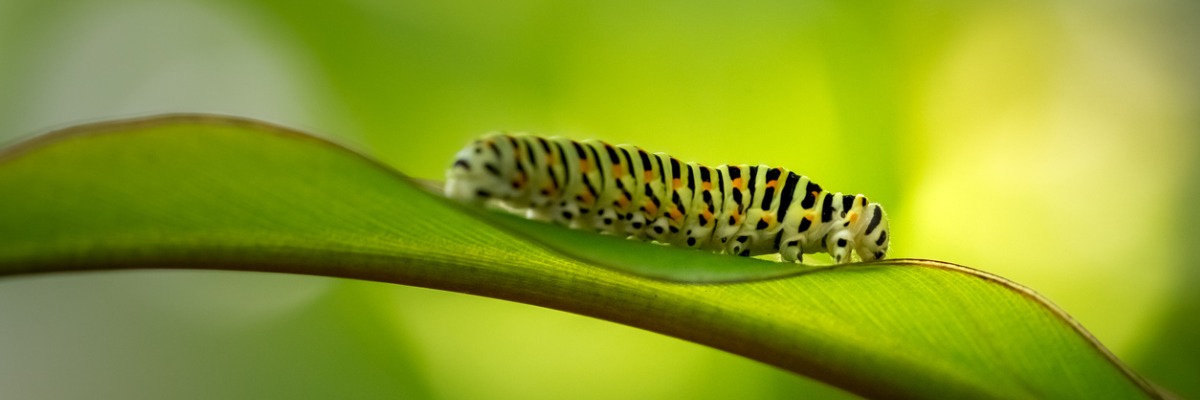
Caterpillars pose a significant threat to pets of all kinds. While some species sting and transmit venom, others have microscopic hairs that can get stuck in your pet’s mouth and throat, causing excessive salivation, coughing, or gagging. Some species are poisonous enough to cause severe illness or death if consumed.
You can control caterpillars by removing cocoons or plants that attract them. In severe cases, a pest control expert can spray the property to remove the creatures.
6. Cockroaches
While cockroaches pose no direct threat to pets, they carry disease-causing organisms, such as bacteria, viruses, and parasites. If roaches are sharing your pet’s meals or if your dog eats or bites one, there’s a good chance they’re also transmitting diseases.
A great way to avoid this problem is to only keep the pet’s food bowl out during meal time. You can also use targeted insecticides in hidden areas where roaches tend to hide (as long as your pets do not spend time in these places).
7. Fleas
Fleas are a common parasite that can cause skin irritation, anemia, and even tapeworms in pets. Their bites are painful and itchy. Fleas spread through contact with other animals or the environment, and they can reproduce quickly.
To manage the threat of fleas and even bed bugs, you should regularly groom your pets and use preventative treatments such as topical or oral medications, flea collars, and flea-control shampoos. Also, regularly vacuum and wash your pet’s bedding and carpets to help reduce the risk of flea infestations.
8. Kissing Bugs
Kissing bugs are blood-sucking parasites that can feed on both cats and dogs. They can transmit several diseases to pets, including Chagas disease and Bartonellosis. Infected pets may exhibit lethargy, loss of appetite, and neurological issues. These diseases can sometimes prove fatal.
Pet owners should be vigilant for bites, rashes, and lethargy. If kissing bugs are in or around the home, they should be removed or treated with pet-safe insecticides. Pet owners should also take preventive measures, such as using screens and keeping pet beds clean.
9. Mice and Rats
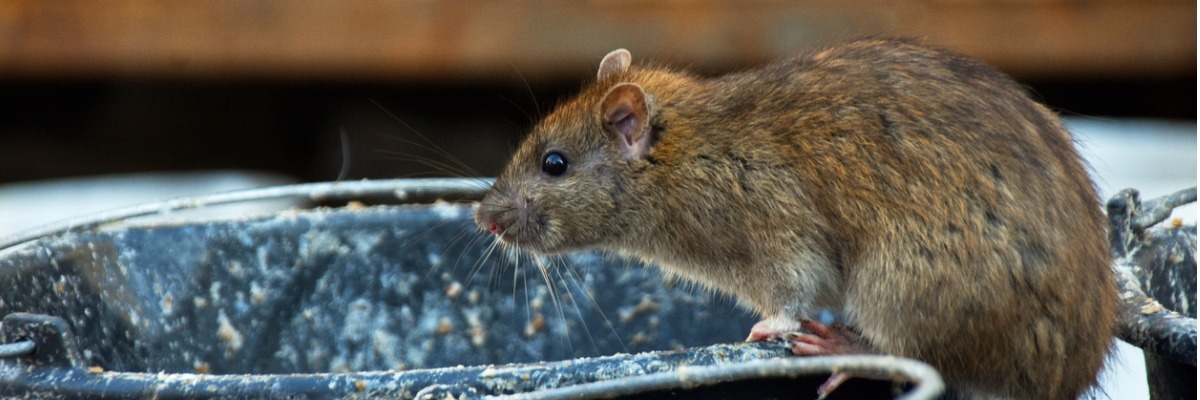
While chasing rodents is normal for dogs and cats, these pests pose a problem to your home’s predators. Mice and rats often carry diseases (or disease-bearing parasites like fleas), which they can transmit if eaten or by biting or scratching in self-defense.
Rodent control is challenging. It is best to secure the outside of your home so the pests don’t get in initially. If they do, you should never use poison, which could also prove fatal for dogs or cats. Instead, rely on mechanical traps inaccessible to pets.
10. Mosquitoes
Along with their itchy bite, mosquitoes pose a serious disease threat to pets, as they can transmit bacteria, parasites, and diseases, such as heartworm, west Nile virus, and sleeping sickness (encephalitis).
To manage this threat, pet owners should ensure their pet is on a monthly heartworm preventive medication and keep them away from areas where mosquitoes are likely to congregate, such as still waters. You should also remove standing water from your property, using natural fly repellents, and schedule your pet’s outdoor times when mosquitoes are least active.
11. Raccoons
Raccoons can attack cats and dogs. In addition to physical injuries, they can spread diseases through bites and scratches. The most dangerous disease is rabies, which is fatal to dogs and cats. These large rodents can also get into the pet’s food supply and contaminate it with diseases.
In addition to finding and removing dens on your property, you can limit hiding places and secure trash cans, which attract scavengers like raccoons.
12. Snakes
Venomous snake bites can be fatal to pets in some cases. Statistics show that approximately 150,000 cats and dogs are bitten by venomous snakes every year.
Pet owners should be aware of any poisonous snakes that may be in their area and take precautionary measures to keep their pets safe. Some of the options for managing this threat include keeping pets on a leash, avoiding tall grass and bushes, and teaching pets to stay away from snakes. Nests on your property require professional removal.
13. Spiders

Spiders can sometimes bite pets, resulting in pain, infection, and in some cases, death. While most spider bites are harmless, species such as the black widow and brown recluse are just as dangerous to your pet as they are to humans. A bite can be fatal.
In addition to removing webs from areas where your pet walks, you can cut back brush where spiders prefer to spin their webs or breed spider mites.
14. Stink Bugs
Stink bugs can be annoying. However, they are not harmful to humans or pets. Many varieties are actually helpful because they eat other pests on your property. The only instance when stink bugs are harmful is when your pet eats one. The bugs will likely induce vomiting if consumed.
You can attempt to reduce plants that attract stink bugs to your yard and ensure they do not get inside by repairing gaps in screens.
15. Ticks
Ticks are parasitic arachnids that attach themselves to people and animals and suck out their blood. They can hide under dogs’ and cats’ fur and remain attached until they become engorged with blood and expand to several times their original size.
Ticks can carry diseases, such as Lyme disease and tick fever, which can lead to serious health complications.
In addition to shampoos meant to ward off ticks, you can reduce their habitat by cutting back shrubbery and keeping lawns short.
How To Prevent Injury to Pets
It can be difficult to prevent some types of bug bites altogether because many pets spend time outdoors and need to do so for exercise and quality of life. Here are some preventive measures.
- Work with your local lawn care company to schedule regular lawn care. Short grass and trimmed bushes and shrubs will limit the habitats that attract many pests.
- Hire a professional to help reduce bug populations. However, you need to be sure the treatments are safe for your pets or take steps to protect them from the dangers of pesticides. Savvy modern professionals can use digital solutions to coordinate pest treatments and communicate with customers so they are aware of your needs and your pet’s health issues.
- Trim your pet’s fur during the summer months when pests such as ticks are most active.
- Check your pet regularly for fleas, ticks, and other pests that may be hiding in fur.
- Keep your pet clean with regular shampooing. Some products even have ingredients that repel some insects.
You should make these steps part of a routine to limit exposure to dangerous pests.
What To Do if Your Pet Is Injured
If your pet is injured by a pest, the wound will be visible or you will notice the animal scratching, vocalizing, or not wanting to be petted.
According to the Veterinary Emergency Group, the first step in treating an injured pet is to look for a wound or the presence of a stinger or inflammation. You can treat minor bug bites and stings with aloe gel, a cold compress, or non-toxic homemade mixtures, such as baking soda paste.
If your pet gets bitten by another mammal or snake, they require veterinary care. The same is true if your animal shows signs of an allergic reaction to a sting or bite. These symptoms usually include collapsing unexpectedly, vomiting, wheezing, or difficulty breathing.
Controlling pets around your home and keeping an eye on your pet outside can help you avoid potentially harmful bites and stings.

